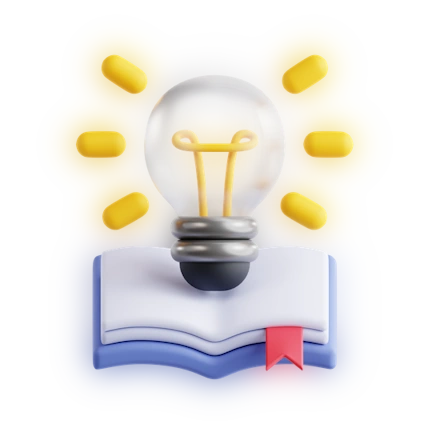Sexual Dysfunctions

LISTEN TO THIS ARTICLE:
Sexual Dysfunctions slow patients’ sexual desires, prevent them from participating in sex, and deny them the enjoyment of orgasm.
What are Sexual Dysfunctions?
The Sexual Dysfunctions encompass a wide variety of different issues that interfere with individuals’ ability to experience and enjoy sex with their partners. Problems with arousal include Female Sexual Interest/Arousal Disorder and Male Hypoactive Sexual Desire Disorder. Both of these disorders describe peope who suffer from significantly low interest in sexual activity and reduced frequency of sexual thoughts.
Performance, the ability to physically engage in sexual intercourse, is disturbed in Erectile Disorder and Genito-Pelvic Pain/Penetration Disorder. Each of these prevents the natural occurrence of intercourse, either by problems with erection or from excessive pain experienced during penetration.
Issues surrounding orgasm comprise Delayed Ejaculation, Premature Ejaculation, and Female Orgasmic Disorder. Problems with male orgasm center around it occurring either too quickly or not quickly enough. Lack of female orgasm can be a much more complex issue as the way different individuals reach it varies widely.
Who gets Sexual Dysfunctions?
Aging
The rates of sexual dysfunctions are highest in people over the age of 40. Menopause and lower levels of testosterone in both sexes decrease libido and interfere with sexual functioning.
Medical issues
Cardiovascular conditions like high blood pressure and diabetes, neurological disorders, hormone imbalances, and alcohol, tobacco, or drug use are frequent medical culprits in numerous types of sexual dysfunctions. Medications, most notably certain antidepressants, can also cause problems, usually decreased sexual drive and ejaculatory or erectile issues. Pregnancy and childbirth can also affect sexual function and orgasm.
Personal psychology
Many of life’s stresses can stop sex drive. Sexual dysfunctions may cause additional anxiety, which piles on and can make the situation even worse. Depression is a common source of low libido and problems reaching orgasm. Early life trauma, as well as insecurities about appearance and performance, can block arousal and impede intimacy. Relationship problems, such as incompatible sexual desires and lack of communication about needs, will also play a role.


 Learn
Learn Find Help
Find Help